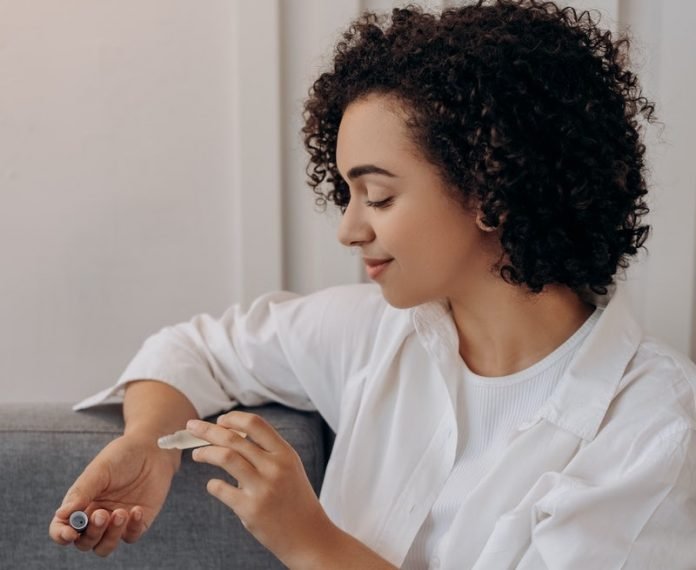
The American Academy of Dermatology highlights the importance of regular skin self-exams during National Healthy Skin Month this November.
These exams help catch serious conditions early when they are most treatable.
Research shows nearly one in four Americans have skin disease. Skin cancer remains the most common cancer in the United States with an estimated 9,500 people diagnosed every day.
“Regular self-skin checks are crucial to identify skin cancer and other skin diseases early,” said Ken Tomecki, MD, FAAD, president of the AAD. “We encourage everyone to regularly perform skin self-exams to catch any changes early.”
Millions of people regularly conduct self-skin exams, followed by visits to dermatologists. These three cases reflect the experiences of thousands of others:
As someone with fair skin, John Ahearn (Phoenix) knows regular skin checks are vital. After dark bruising appeared on his legs, his dermatologist Lindsay Ackerman, MD, FAAD, suspected a serious blood issue.
She collaborated with a hematology-oncology specialist who diagnosed John with leukemia. John received a bone marrow transplant and is in remission.
During a skin self-exam Richard Danzer (West Palm Beach, Fla.) discovered a large, painful cyst on his back. His dermatologist Brittany Smirnov, MD, FAAD, performed an examination that led to a critical lung cancer diagnosis and life-saving treatment.
Yvonne Basil (Plano, TX) noticed changes to a mole on her toe and scheduled an appointment with her dermatologist, Seemal Desai, MD, FAAD. Results from an in-office biopsy confirmed melanoma, the deadliest form of skin cancer. She’s now cancer-free.
Skin self-exams are simple, quick, and can be performed at home.
To perform a skin exam:
- Examine your body in a full-length mirror
- Look at your underarms, forearms, and palms
- Look at your legs, between toes, and soles of your feet
- Use a hand mirror to examine your neck and scalp
- Use a hand mirror to check your back and buttocks
What to look for:
- A is for Asymmetry: One half of the spot is unlike the other half.
- B is for Border: The spot has an irregular, scalloped, or poorly defined border.
- C is for Color: The spot has varying colors from one area to the next.
- D is for Diameter: Melanomas are usually greater than 6 millimeters or about the size of a pencil eraser. When diagnosed, they can be smaller.
- E is for Evolving: The spot looks different from the rest of is changing in size, shape, or color.
If you notice a spot that is different from others, or that changes, itches or bleeds, you should make an appointment to see a board-certified dermatologist.



